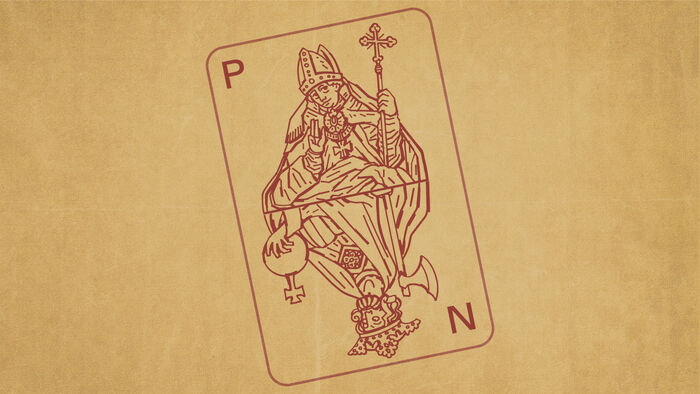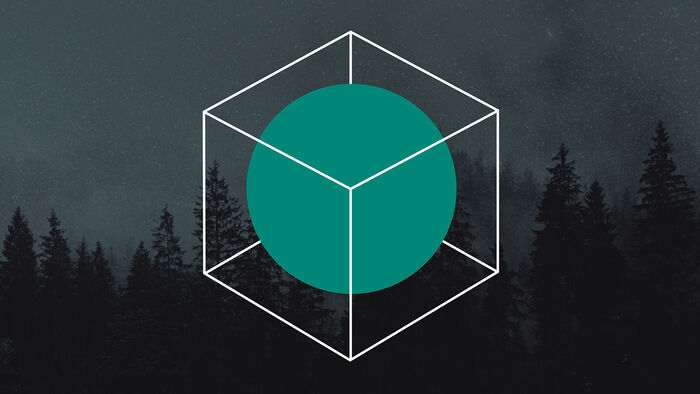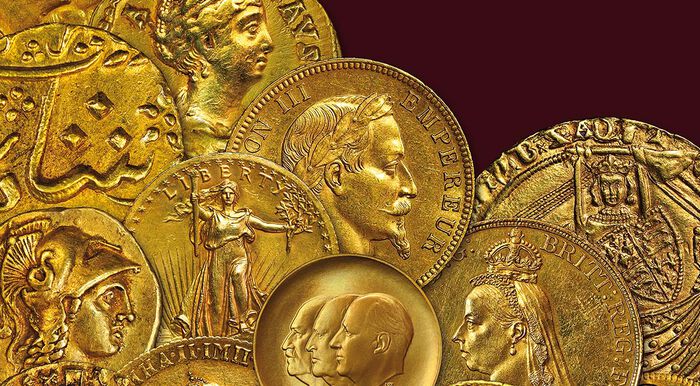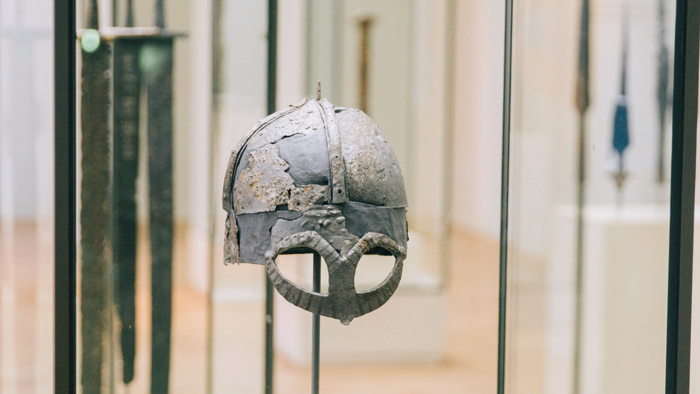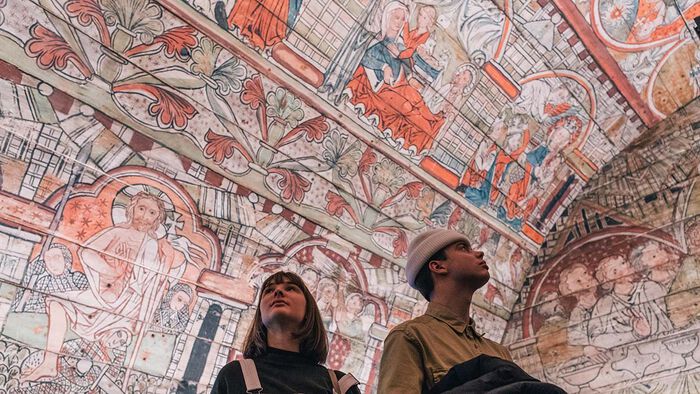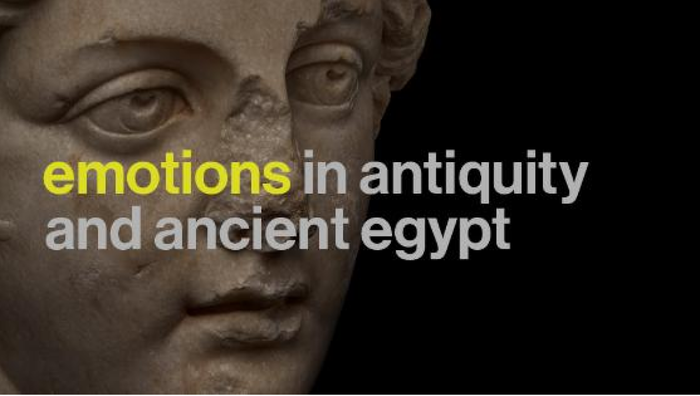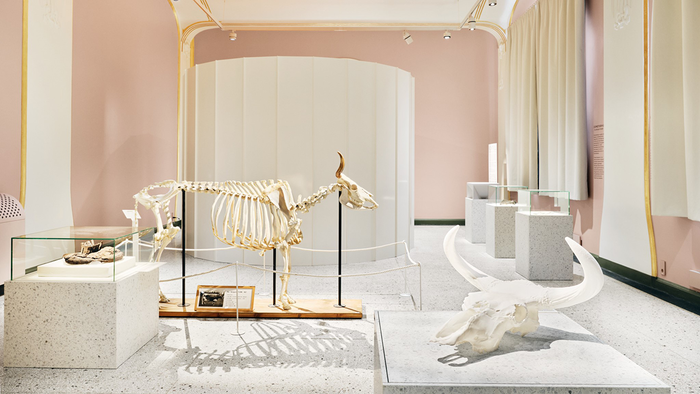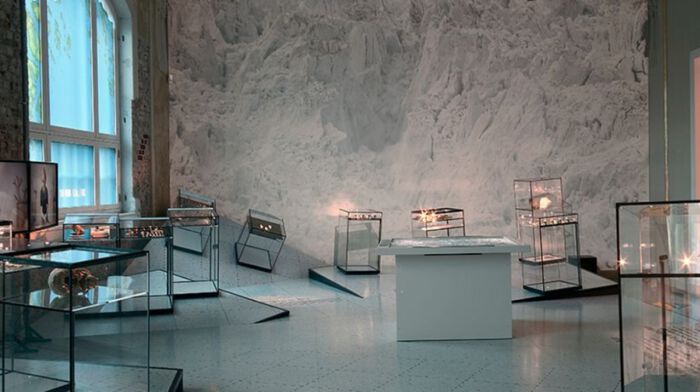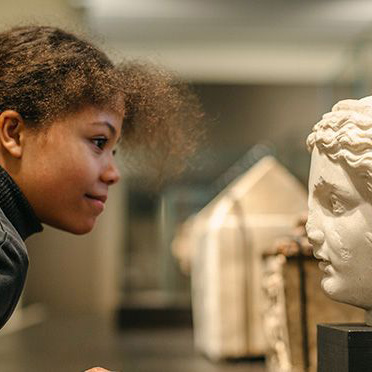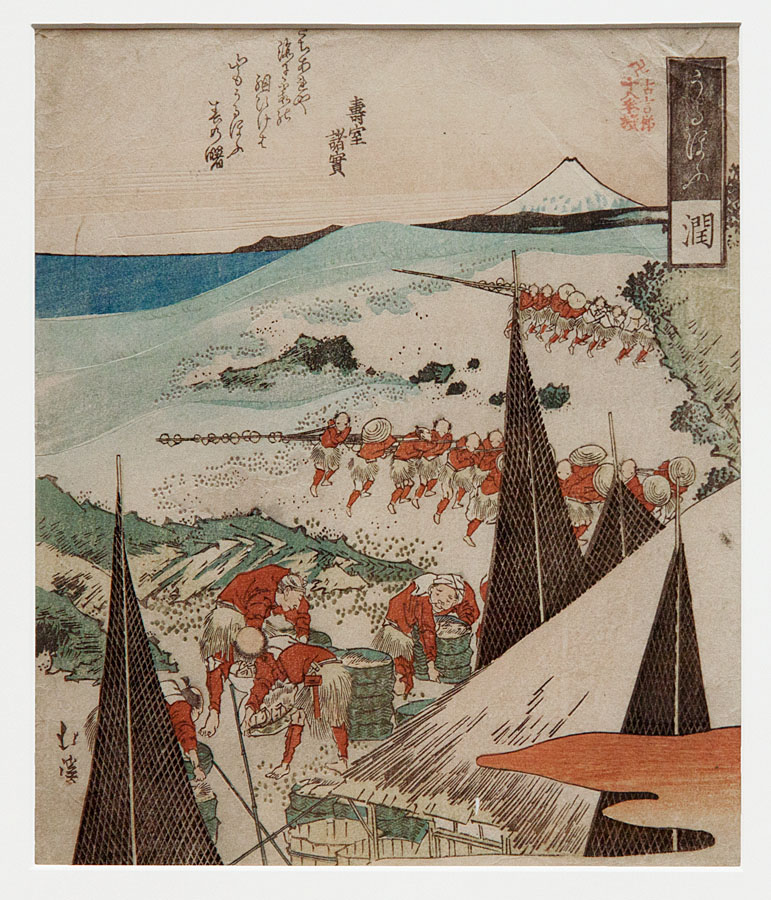
- Series: “Eighteen Pictures from the Ladder to the Ancient Language”
- Kogentei jûhachi banzoku 古言梯十八番続
- c 1831
- Signature: Hokkei 北渓
- Inscription: kyôka dikt av 寿室諸実
- Format: square print (shikishiban)
- Medium: exclusive multicolor woodblock print (surimono); ink and colors on paper
From the late 18th century to the mid-19th century, it was fashionable for Japanese urban elites to commission ukiyo-e from their favorite artist. Patrons could personally request a motif of a certain quality, embellished with calligraphic poetry. It was a means to speak through art, a unique, personal touch, possibly coinciding with an annual celebration. As a gift, the work (called surimono) was a token of a very special relationship.
Ukiyo-e, in editions of thousands of prints, might cost as little as the equivalent of a bowl of noodles. These more expensive prints were not for circulation in the market.
On loan from The National Museum of Art, Architecture and Design, Oslo.
